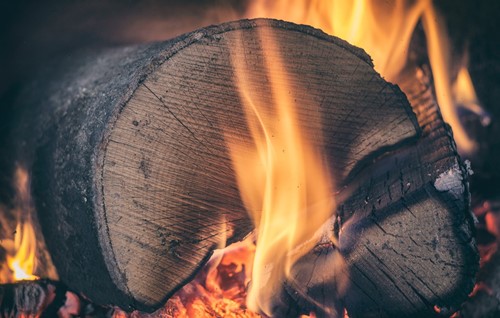
For many, the fireplace is the focal point of the home. Whether you use it for heat or just for ambiance, a wood burning fireplace is an important feature that requires regular maintenance to function and keep everybody safe. Here are some tips for general maintenance of your wood-burning fireplace:
Clean the Interior
One of the simplest ways you can maintain a wood-burning fireplace is to keep the inside of it clear of ash and debris. After a fire, scoop out the cool ashes with a trowel or shovel and store them in a metal container. Remove any pieces of wood charcoal or other debris from inside as well. Not only will this improve the overall aesthetics, it will make for a more efficient fire with fewer byproducts.
Maintain CO & Smoke Detectors
A well-maintained fireplace shouldn't cause any major problems, but if one does arise, your smoke and carbon monoxide detectors can save your life. If you have a clog in your chimney or vent system, it can cause carbon monoxide buildup in your home. This deadly gas is odorless and colorless, so it's crucial you have the detectors and alarms in good working order.
Smoke, while more obvious, should still be monitored using a detector with an alarm. If enough smoke has accumulated in the room that it reaches the smoke detector, you'll know it's time to act.
Remove Creosote
Creosote is one of the main byproducts of burning wood in your fireplace. You'll find it in the form of a thick black residue on the inner walls of your chimney or even on the outside of your hearth. A buildup of creosote is one of the most common causes of accidental fire, as it's a flammable substance. If you regularly clean creosote deposits from your fireplace, you can prevent it from builduing up to toxic and dangerous levels.
Most basic fireplace maintenance can be handled on your own, but don't hesitate to consult a professional if you need help. Chimney sweeping and advanced cleaning are worthy investments and can keep you safer while enjoying your fireplace.
About the Author
